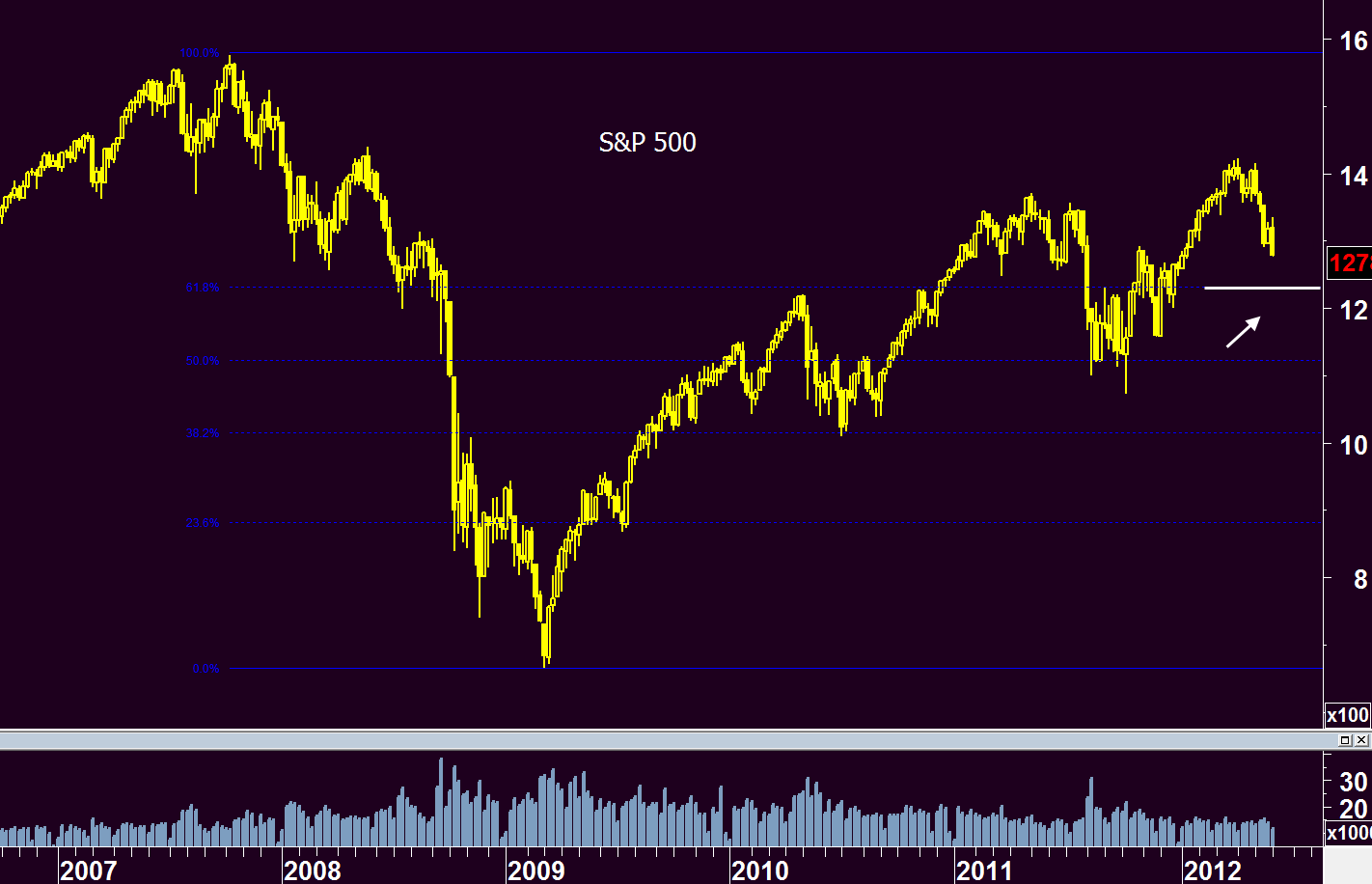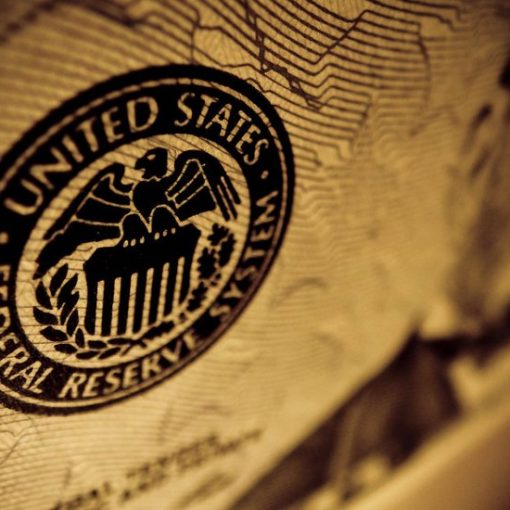 Sandy Weill, born again banker, says it’s time to break up the U.S. megabanks.
Sandy Weill, born again banker, says it’s time to break up the U.S. megabanks.
The statement of the former Citi CEO may significantly change the U.S. bank reform conversation, and I think it could end up doing more to address systemic risk than Occupy Wall Street and the Senate Banking Committee combined.
The father of the financial supermarket now says that very “supermarket” concept should be thrown out. He said in a CNBC interview it’s time to separate retail banking from investment banking and stop the banks from placing risky market bets with shareholder deposits.
“I am suggesting that they be broken up so that the taxpayer will never be at risk, the depositors won’t be at risk, the leverage of the banks will be something reasonable, and the investment banks can do trading… not subject to the Volcker Rule,” Weill said on CNBC.
What do you make of of his comments if you are former FDIC Chair Sheila Bair, who has been trying to separate bank lines of business for years?
Or former House Financial Financial Services Committee chair Barney Frank, who’s name is on the mammoth, confusing legislation that supposedly ends “too big to fail” without breaking up said banks.
Or current JP Morgan CEO Jamie Dimon, who just got finished appearing before Congress over the latest unforeseen loss from a risky bank bet?
In the interview, Weill never really apologized for creating the first U.S. megabank, or for breaking the Glass-Steagall legislation that for years had kept investment banking separate from consumer banking.
Rather, he said that, “the world is different than the one we lived in 10 years ago”.
Breaking up the banks, in other words, is right for right now, I guess.
His reasoning may not be entirely altruistic: Weill was reportedly paid $1 billion in Citi stock over 17 years; it’s hard to believe he sold it all.
And the largest financial institutions — Citi among them — are likely to be worth more in pieces.
Take a look at book values of the large banks versus the small ones. Not one of the majors trades above book value, which is based on the assets listed on their balance sheets.
Citi (C) trades at 40 cents on the dollar vs. book value; Bank of America (BAC) is at 35 cents.
Yet regional player Cincinnati Financial (CINF) trades at more than book value. East West Bancorp (EWBC) does, as well, as do many small banks throughout the country. There’s a predictability and comfort in the old business of borrowing at low interest and lending at higher interest.
And predictability and comfort breeds higher multiples.
Weill may want to make big banks more like the small ones in that particular regard.
Details are always tricky. But I think it could work — perhaps to everyone’s benefit.
The next step for Weill should be to start meaningful discussions with Vikram Pandit, current CEO at Citi, about what a breakup might actually look like, and how it could work in the interest of banking customers by reducing systemic risk, and for Citi shareholders by raising valuations.



